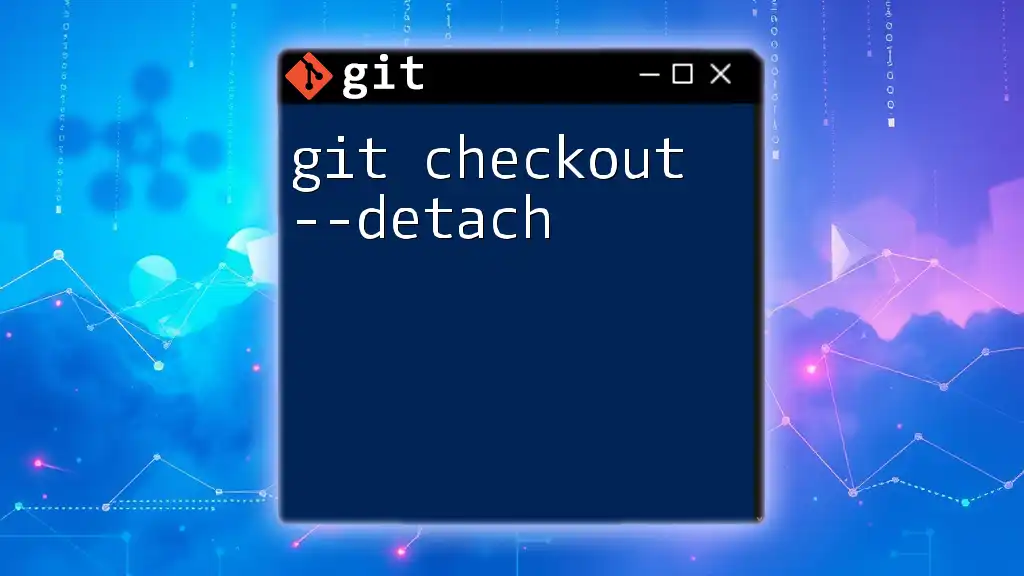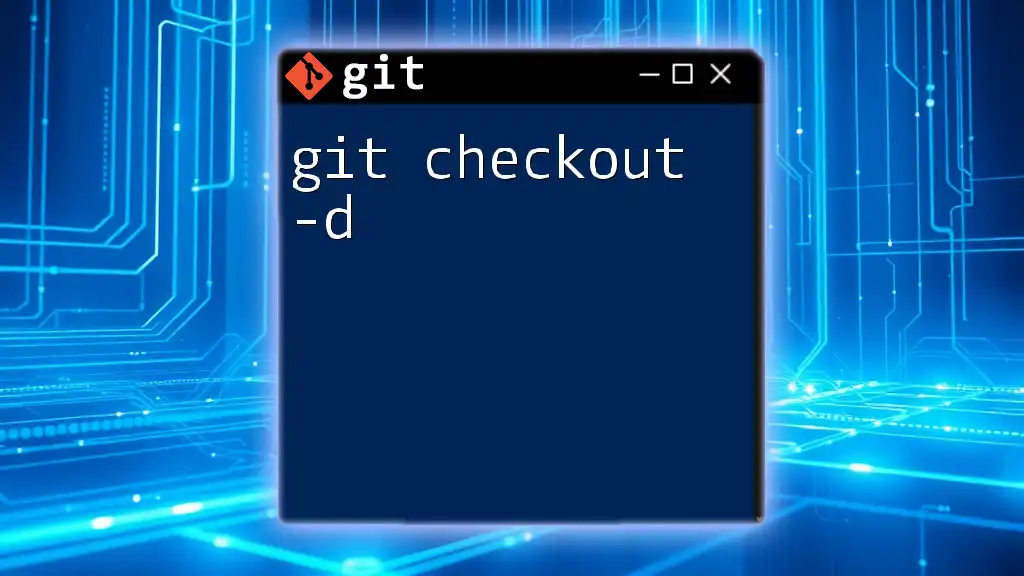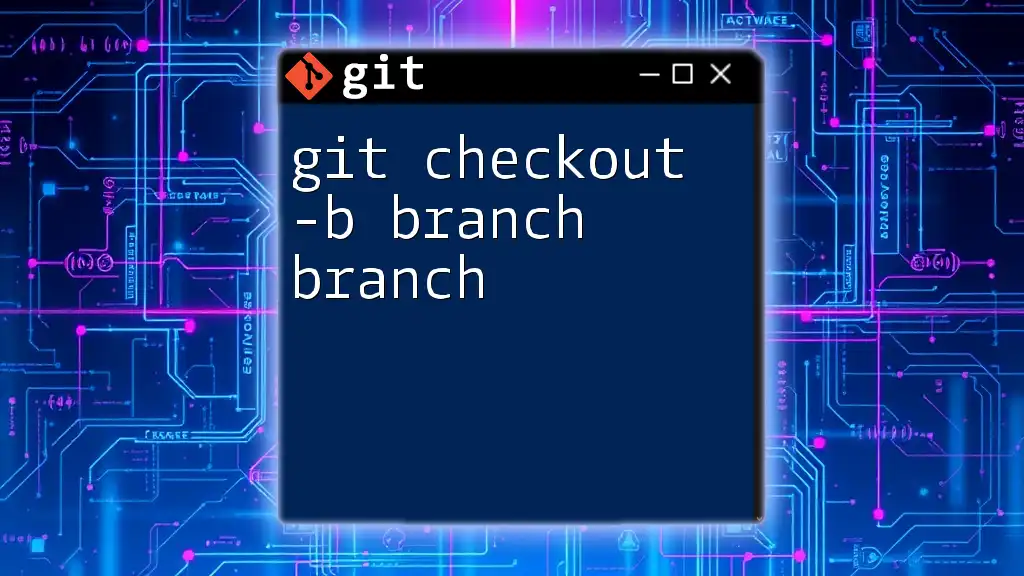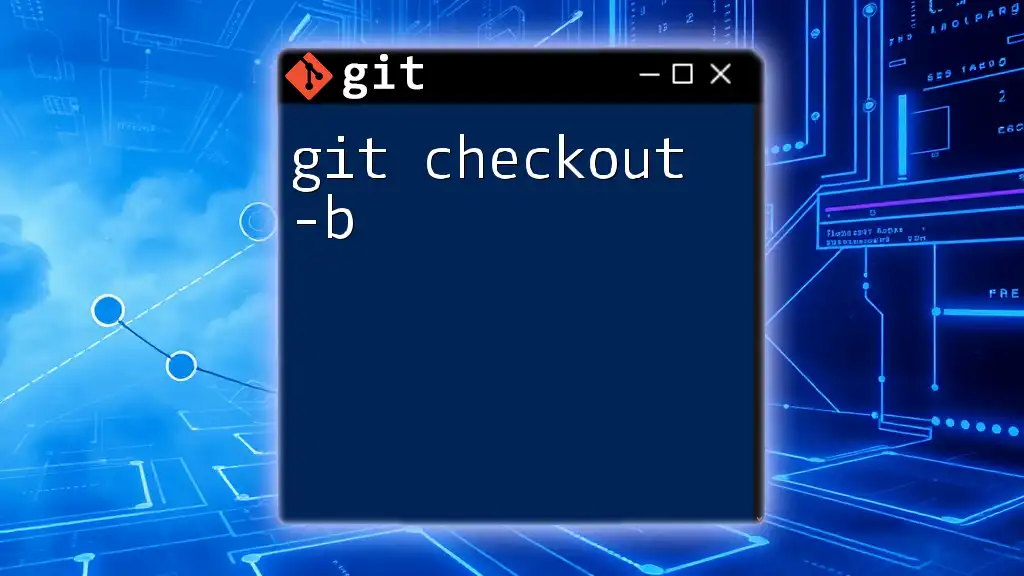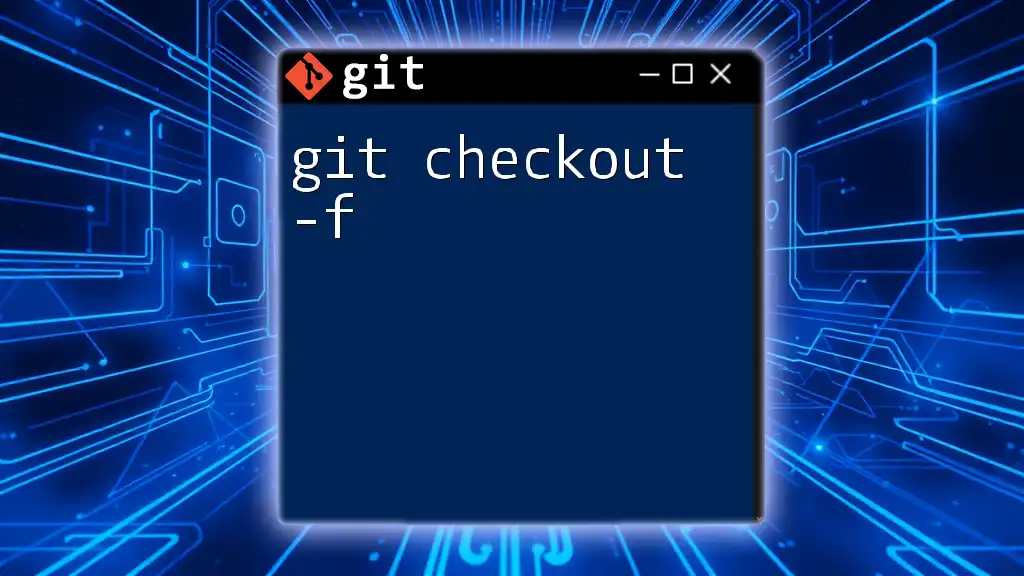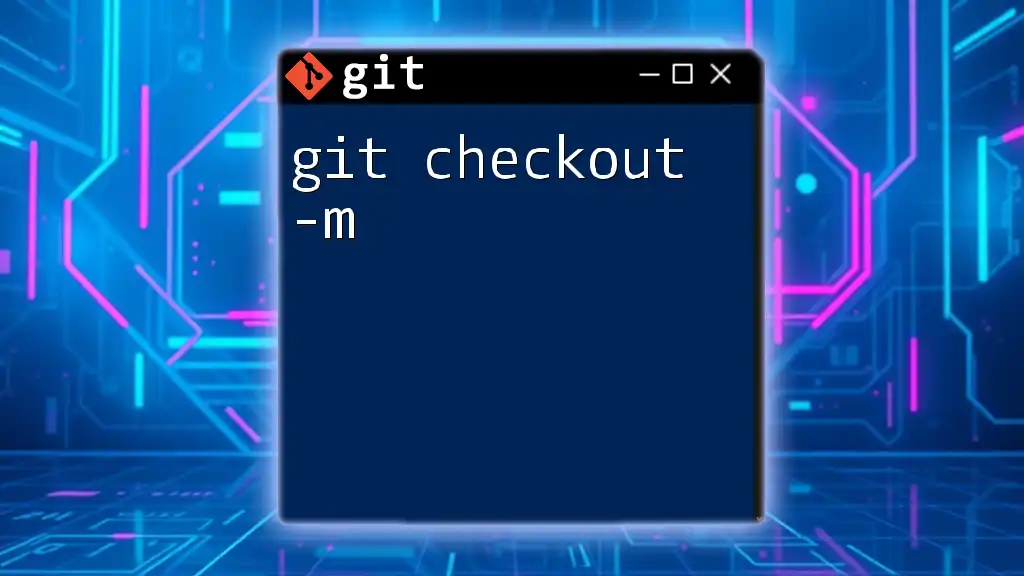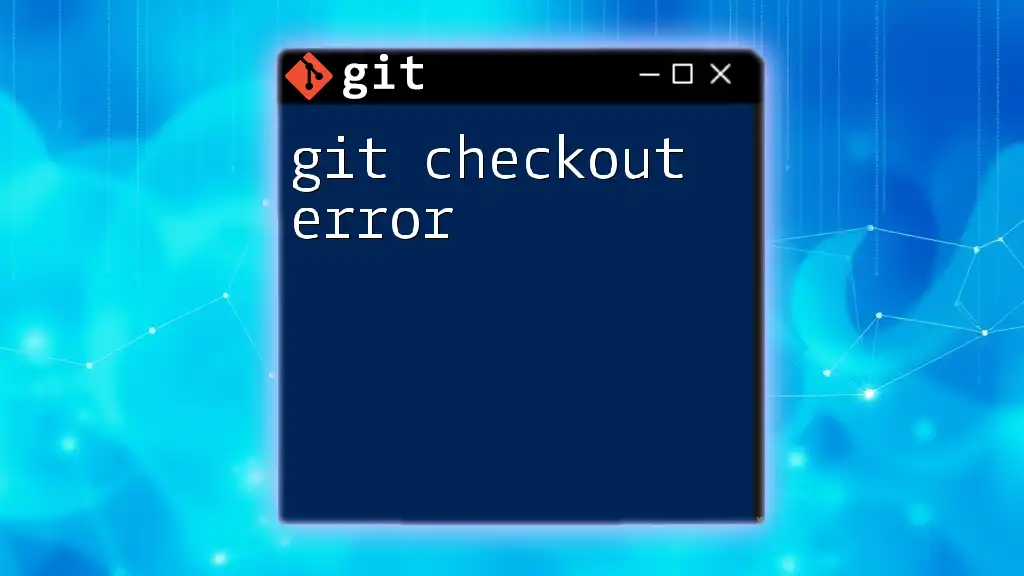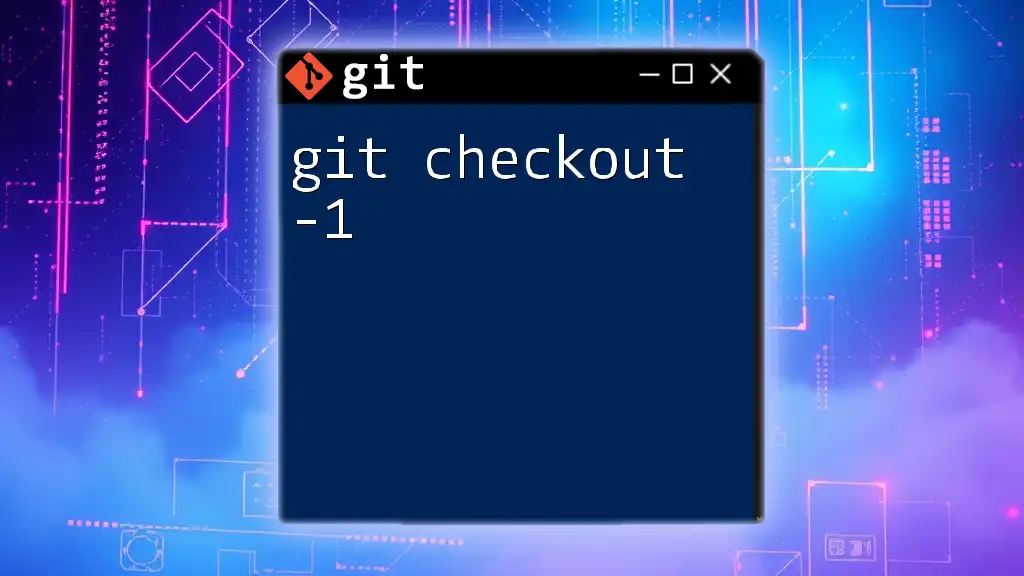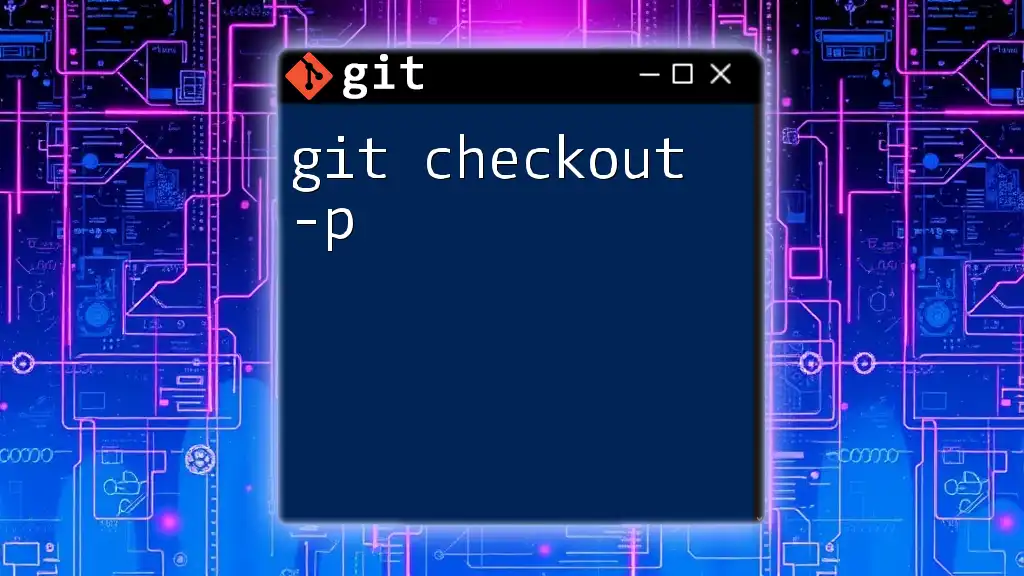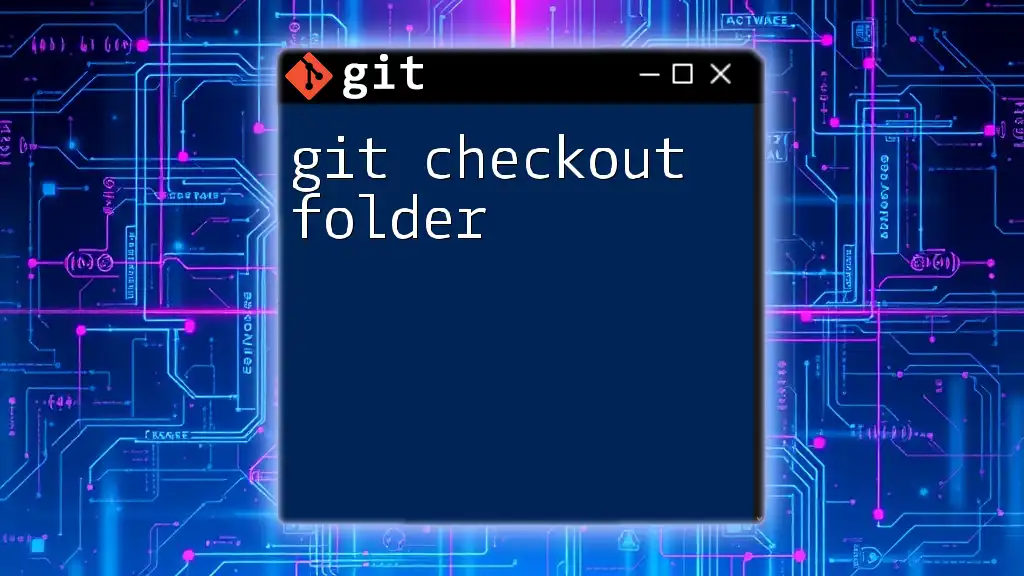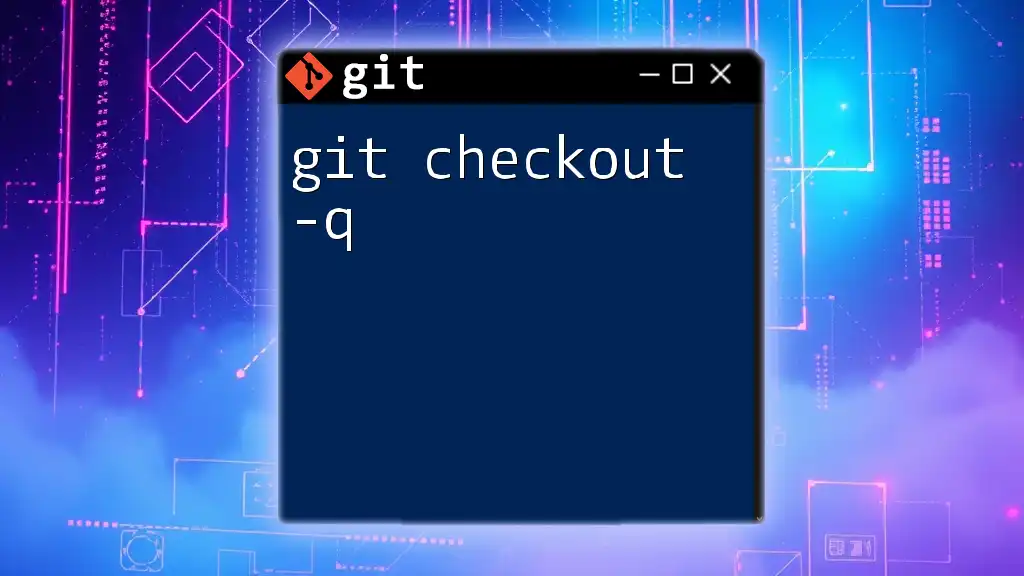The `git checkout --detach` command allows you to switch to a specific commit, placing you in a detached HEAD state where you can explore the repository's history without making changes to any branches.
git checkout --detach <commit>
Understanding Detached HEAD State
What is a HEAD in Git?
In Git, HEAD is a crucial concept that refers to the pointer that indicates the current branch or commit you are working on. It represents your working directory's current state. Essentially, HEAD helps you track where you are in your project timeline.
When you are on a branch, HEAD points to the latest commit of that branch. For example, if you're working on the `main` branch, HEAD will point to the most recent commit made on `main`.
Defining Detached HEAD State
A detached HEAD state occurs when HEAD points directly to a specific commit rather than the top of a branch. This situation can arise when you check out a past commit or a commit that is not on any branch. In this state, any changes you make are not associated with any branch, making it a great way to explore or experiment without affecting the main project.
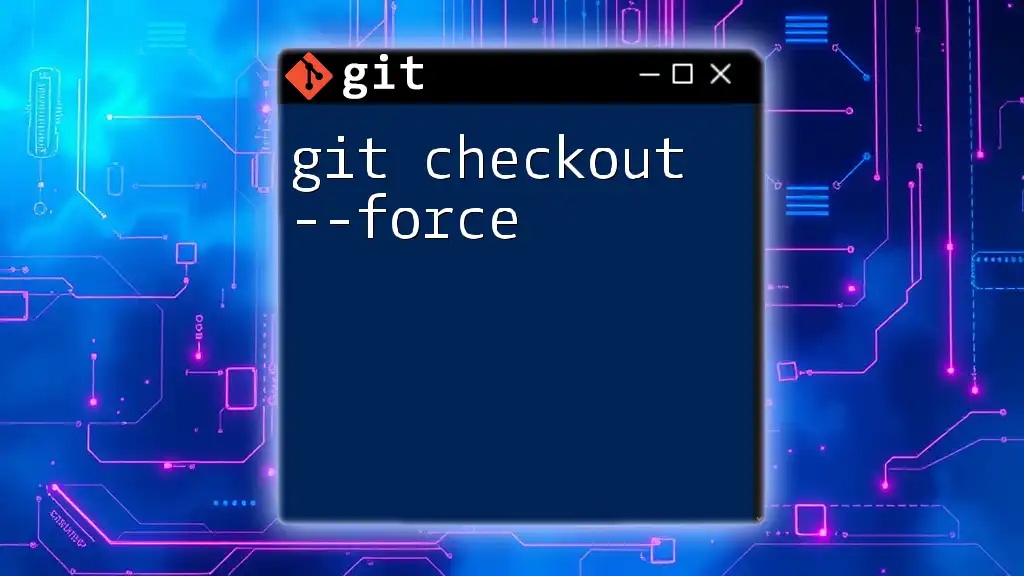
When to Use git checkout --detach
Common Situations for a Detached HEAD
Using `git checkout --detach` is particularly useful in various scenarios:
- Viewing Old Commits: If you want to analyze an old commit for any reason (e.g., debugging), detaching HEAD allows you to do so without affecting the main workflow.
- Exploring Branches: You might want to temporarily switch to a commit or branch to see its state without permanently moving your HEAD.
- Temporary Test Modifications: If you need to make quick changes or tests without risking your current branches, the detached state is perfect.
Benefits of Using Detached HEAD
There are several advantages to using a detached HEAD state:
- Safe Experimentation: You can modify files, run tests, and even commit changes without worrying about them impacting your current branch.
- No Risk of Affecting the Current Branch: Since work done while in a detached state is isolated, there’s no chance of accidentally introducing problems to the active branch.
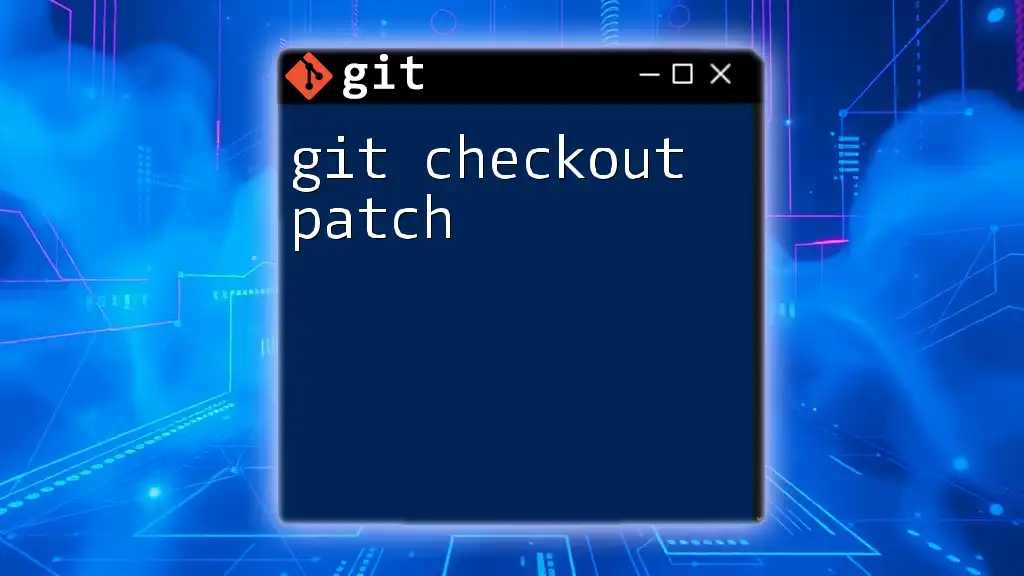
Using git checkout --detach
Basic Syntax
To enter a detached HEAD state, you use the following command:
git checkout --detach
Detaching from a Specific Commit
If you want to enter a detached state from a specific commit, you can do so by providing the commit hash:
git checkout --detach <commit_hash>
For example, if you want to detach from a commit with the hash `abc123`, you would execute:
git checkout --detach abc123
Detaching from a Branch
If you simply want to detach from the current branch you’re on, run:
git checkout --detach <branch_name>
This effectively puts you in a detached state while letting you check the details of the selected branch.
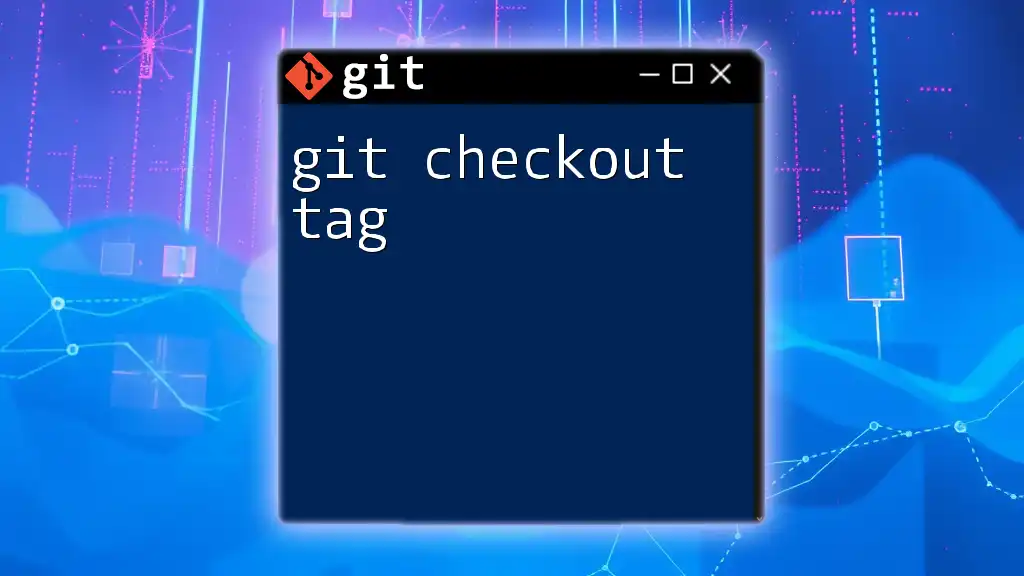
Working in a Detached HEAD State
Making Changes in Detached HEAD
While you can modify files in a detached HEAD state, it's important to know that these changes are not directly linked to any branch. When you make changes, you can commit them using:
git commit -m "Your message here"
However, remember that if you exit this state, those commits may become unreachable unless you create a branch from them or merge them back into an existing branch.
Viewing and Limiting Changes
While in a detached HEAD state, using commands like `git log` and `git status` helps in navigating your context. `git log` will display the history of commits from your current state, while `git status` will show you your working directory status without referencing a branch.
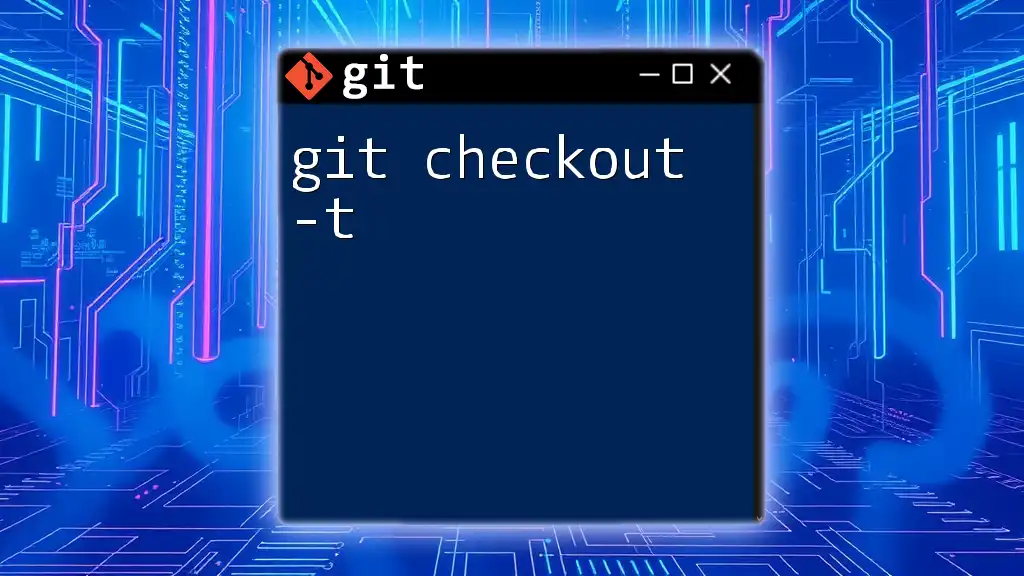
Exiting Detached HEAD State
Ways to Return to a Branch
Returning to a known branch is straightforward. Simply type:
git checkout <branch_name>
This will switch your HEAD back to the latest commit in that branch.
Merging Changes from Detached State
If you’ve made commits that you want to keep, merging them into your current branch is simple. First, switch back to your branch:
git checkout <branch_name>
Then, merge the commits made during the detached state using:
git merge HEAD
Creating a New Branch from a Detached State
If you’ve created changes in your detached HEAD that you wish to retain but don’t want to merge into any existing branch, you can create a new branch. This is done with:
git checkout -b new-branch-name
This effectively saves your current commits to a newly created branch.
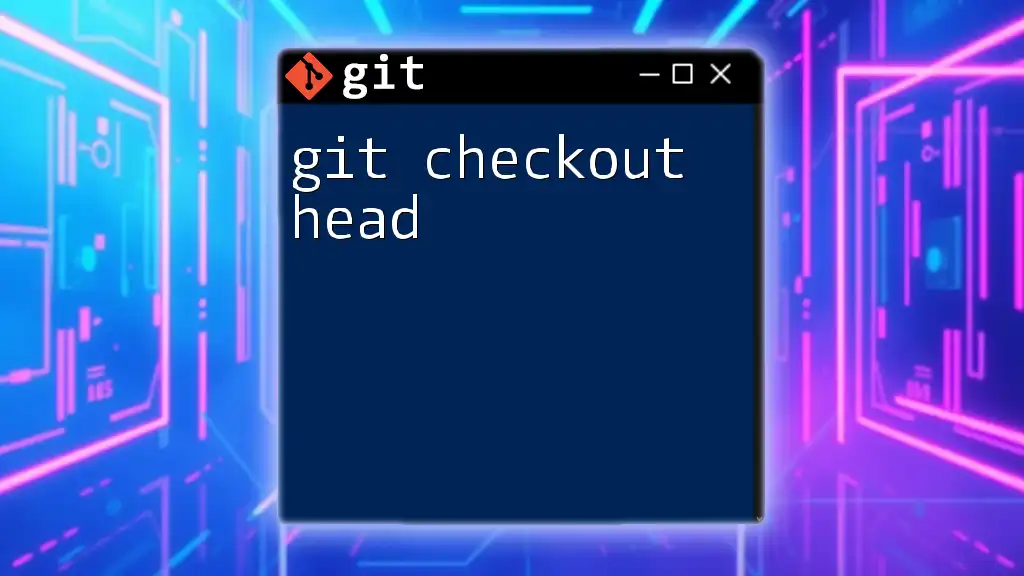
Common Mistakes and FAQs
Common Mistakes to Avoid
One common mistake is forgetting to switch back from a detached HEAD state. If you’ve made changes or commits while detached and do not return to a branch, those changes might become hard to retrieve. Also, be cautious not to lose any commits by failing to link them to a branch.
Frequently Asked Questions
-
What happens to my commits in detached HEAD?
Commits made while in a detached HEAD state remain, but they become harder to find unless you create a new branch or merge them back. -
Can I push changes from a detached HEAD state?
You cannot directly push changes from a detached state; you must first create or switch to a branch.
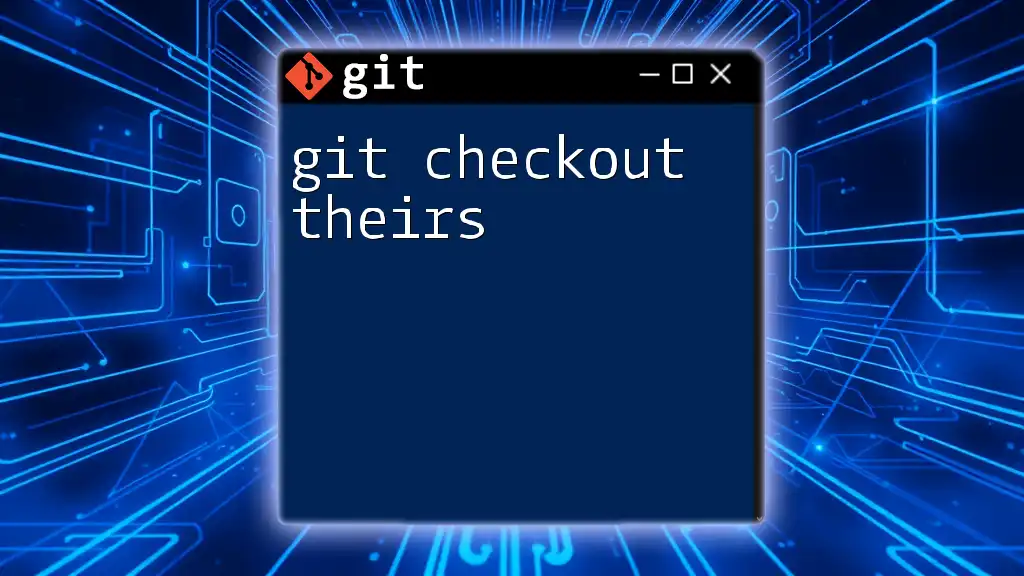
Conclusion
Understanding how to use `git checkout --detach` effectively can greatly enhance your productivity and flexibility when working with Git. By utilizing the detached HEAD state, you can safely explore, test, and experiment without risking stability in your active development branches. Don't hesitate to practice these commands to become a more proficient user of Git in your software development journey.
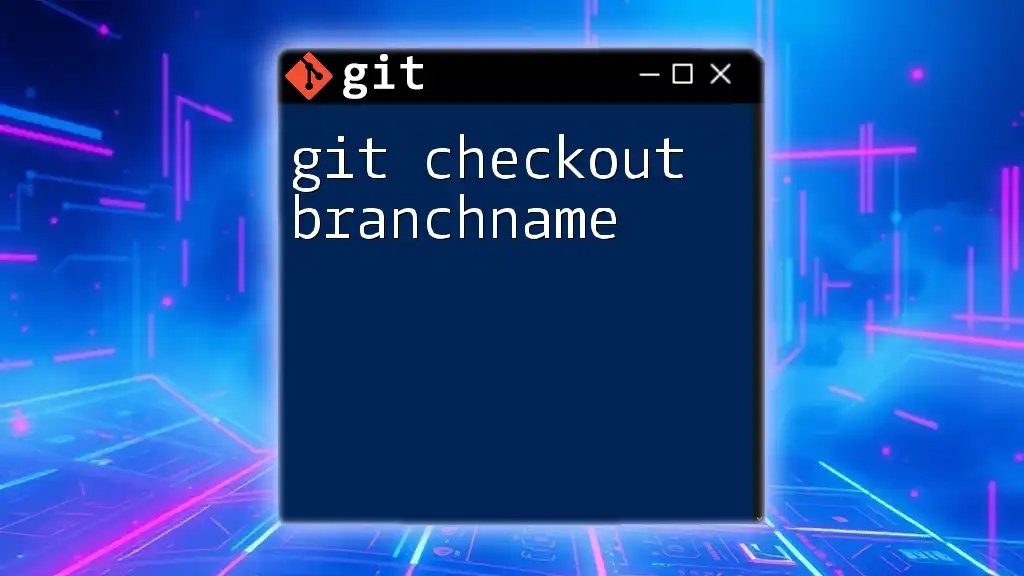
Additional Resources
For a deeper dive into Git commands, consider reviewing official Git documentation, watching community tutorials, or joining forums where you can share experiences and learn from others. Embrace the power of Git and enhance your coding skills through effective version control techniques!

